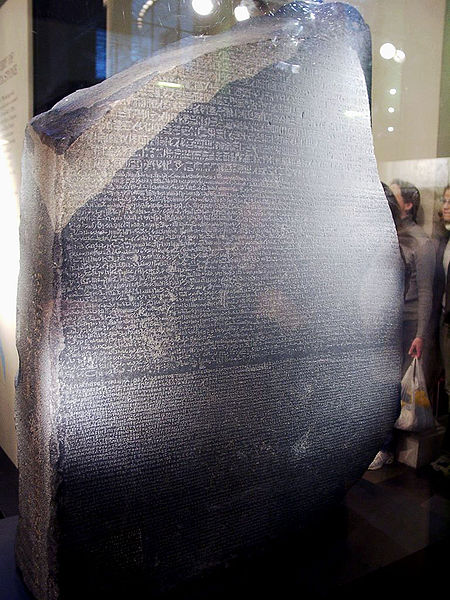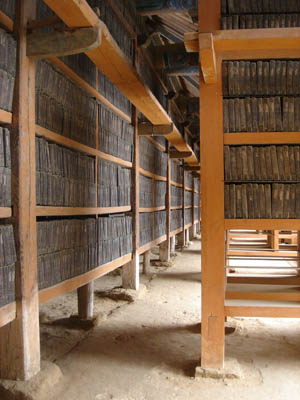In the coverage of the murder/suicide of professional wrestler Chris Benoit and his family, a recent
Sports Illustrated article foregrounded the detail that the wrestler put a Bible next to the bodies of his wife and son before he hanged himself: "Benoit strangled his wife, suffocated his 7-year-old son and placed a Bible next to their bodies before hanging himself with a weight-machine pulley, authorities said Tuesday." The article at the linked site has since been changed to include new details, but the original text mentioned the Bible in the headline (which appeared on CNN.com), the lead paragraph, and the final sentence. Within the article, Benoit was said to have a "wholesome family-man image."
In a
related article discussing the possibility that Benoit's actions were the result of 'roid rage, (psychological instability caused by the use of steroids),
Sports Illustrated cites wrestling industry spokesman Gary Davis and the industry's public statement
WWE [World Wrestling Entertainment] Shocked At Latest Developments In Benoit Tragedy, Concerned By Sensationalistic Reporting concerning Benoit's Bible: "The presence of a Bible by each [of the bodies] is also not an act of rage." The same article features a picture of Benoit captioned with "Police say Chris Benoit strangled his wife, suffocated his 7-year-old son and placed a Bible next to their bodies before hanging himself with a weight-machine pulley." Other news coverage (including AP wire articles) also includes the detail about the Bible. Clearly it is important for the reader to know this detail.
The iconicity of the Bible seems to be the key element in play, although one wonders what the rhetorical goal of including this fact about the murder scene might be. The articles do not make explicit connections between Benoit's actions and the Bible. Is the effect to construct him as pious, despite his crimes? Are we to think of him as having concern for the religious disposition of his family even after death? Is the Bible to be seen as a magical amulet of sorts, protecting them after death?
One must also consider this news coverage as it contrasts against similar coverage of other crimes. In cases when role-playing game books or certain music CDs (such as Marilyn Manson) have been found in the libraries of murderers or suicides, the press is quick to discover a causal link between the book or CD and the killer. One can only wonder how this story would play if the book placed by the victims had been a Qur'an.














